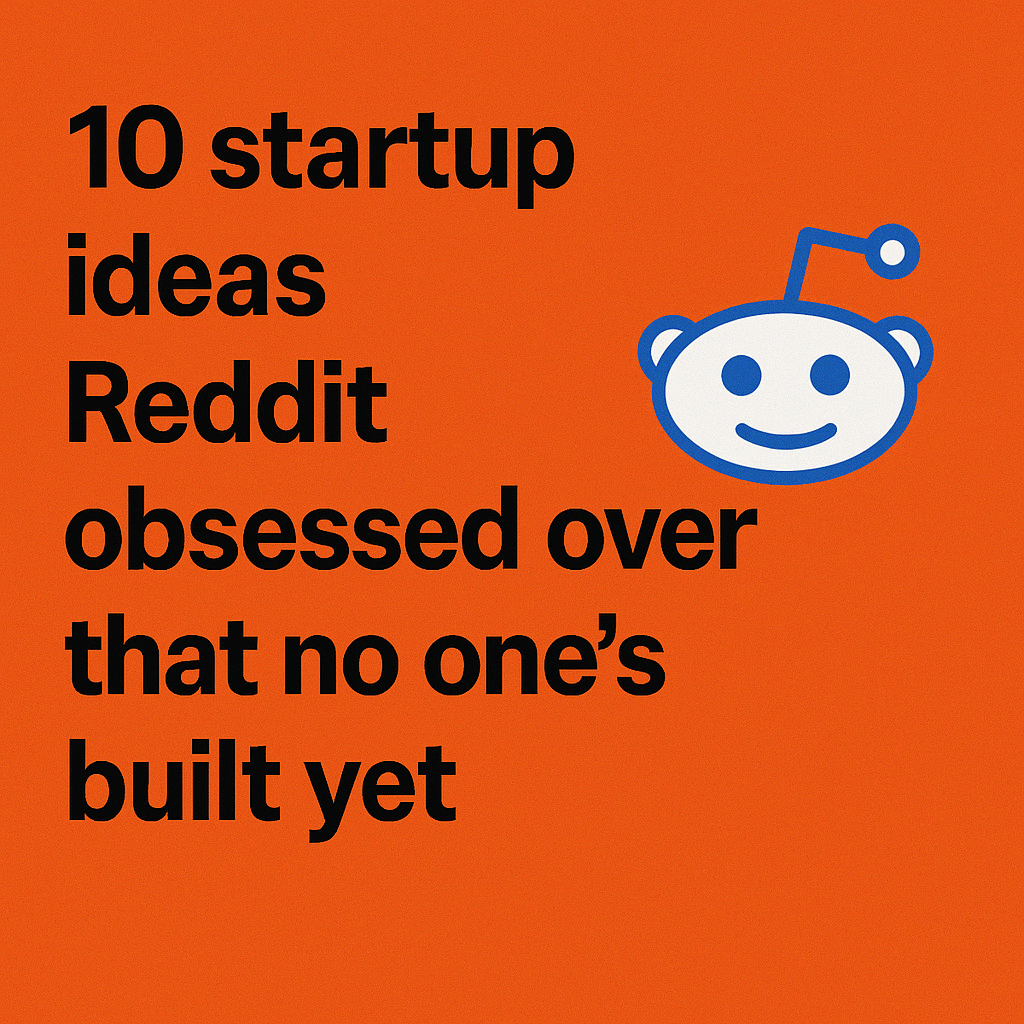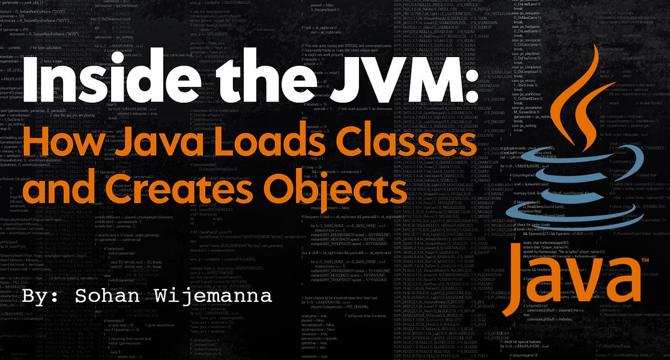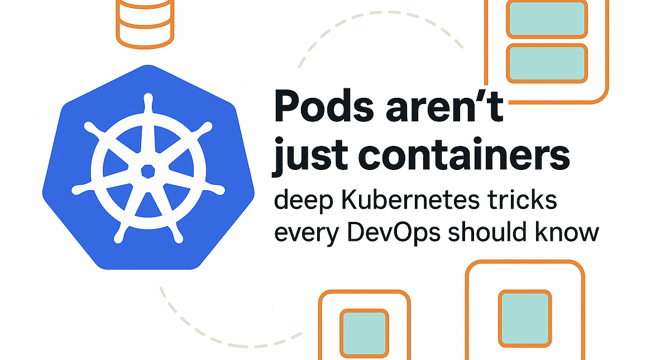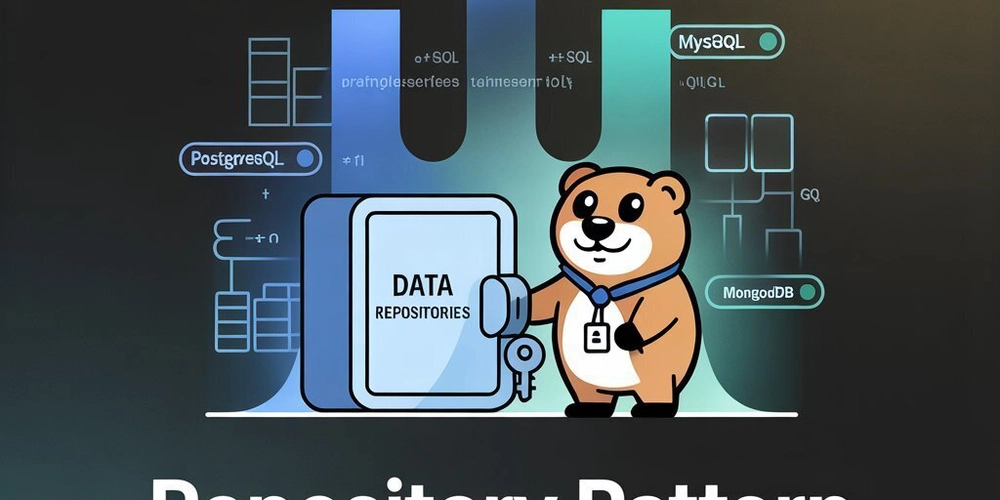Programming News
Dev
1M
443

Image Credit: Dev
The Ops Apocalypse is Coming! SSL Certificate Validity to be Shortened Again?
- The SC-081 proposal by CA/Browser Forum suggests shortening SSL certificate validity to possibly just 47 days, creating concerns about increased workload and risks of website insecurity.
- In response to potential challenges, exploring automation solutions like ServBay, a tool that simplifies certificate management, has become crucial for ops professionals.
- ServBay offers a self-contained CA feature, allowing for the issuance of development certificates lasting up to 3 years, providing cost savings and convenience.
- By automating HTTPS for dev environments, ServBay eliminates the need to deal with self-signed certificates or frequent renewals from Let's Encrypt, enhancing security and efficiency.
- Moreover, ServBay's automatic renewal feature, supported by ACME, ensures timely renewal of public SSL certificates, potentially mitigating the impact of shorter validity periods proposed by SC-081.
- While the effectiveness of ServBay's auto-renewal remains to be fully evaluated, its integration of certificate application and management features presents a promising solution for ops professionals.
- Embracing automation tools like ServBay could alleviate concerns around the increasing workload associated with SSL certificate management and offer a more streamlined approach for ops teams.
- In light of potential changes in SSL certificate validity policies, exploring tools like ServBay for automation and efficiency gains in certificate management is recommended for ops professionals.
- Seeking out automated certificate management solutions and sharing insights within the ops community can help navigate challenges and improve operational efficiency amid evolving requirements.
- Personal experiences with tools like ServBay demonstrate the value of leveraging technology to simplify certificate management and adapt to changing security protocols in the ops domain.
- Continuous exploration of innovative tools and collaborative sharing of best practices can empower ops professionals to enhance security measures and optimize workflow processes in response to evolving industry standards.
Read Full Article
26 Likes
Infoq
1M
44

Image Credit: Infoq
Spring News Roundup: GA Releases of Spring Boot, Security, Auth Server, Integration, AI
- Spring ecosystem saw multiple GA releases including Spring Boot 3.5.0, Spring Security 6.5.0, Spring Authorization Server 1.5.0, Spring for GraphQL 1.4.0, Spring Session 3.5.0, Spring Integration 6.5.0, Spring AI 1.0.0, and Spring Web Services 4.1.0.
- Spring Boot 3.5.0 introduced bug fixes, documentation improvements, and features like @ServletRegistration and @FilterRegistration for registering Servlet and Filter interfaces instances.
- Spring Security 6.5.0 came with bug fixes and new features such as OAuth 2.0 Demonstrating Proof-of-Possession (DPoP) implementation and Micrometer context propagation.
- Spring Authorization Server 1.5.0 released with bug fixes, dependency upgrades, and features like OAuth 2.0 Pushed Authorization Requests (PAR) implementation and the replacement of @MockBean annotation.
Read Full Article
2 Likes
Dev
1M
277

Image Credit: Dev
A beginner's guide to the Cosyvoice model by Jichengdu on Replicate
- Cosyvoice, maintained by Jichengdu on Replicate, is a scalable multilingual text-to-speech system known for advanced voice cloning capabilities.
- The model, built on large language model architecture, supports streaming synthesis, cross-lingual generation, and bidirectional streaming.
- It focuses on low-latency performance and high-quality output, standing out among related models like OpenVoice and Parler TTS.
- Cosyvoice takes text and reference audio as inputs to generate natural-sounding speech in multiple languages and styles, producing WAV format speech output at a 16kHz sample rate.
Read Full Article
16 Likes
Medium
1M
342

Image Credit: Medium
10 startup ideas Reddit obsessed over that no one’s built yet
- Reddit often generates startup ideas that gain significant interest but are not built by anyone.
- This article presents 10 startup ideas from Reddit that sparked genuine enthusiasm but are still unexplored.
- These ideas cover a range of concepts from privacy-focused AI models to automated cancellation tools and real-time crowd-sourced transparency platforms.
- Potential builders are encouraged to take one of these concepts, streamline it into an MVP, and launch it to potentially find success in the market.
Read Full Article
20 Likes
Discover more
- Software News
- Web Design
- Devops News
- Open Source News
- Databases
- Cloud News
- Product Management News
- Operating Systems News
- Agile Methodology News
- Computer Engineering
- Startup News
- Cryptocurrency News
- Technology News
- Blockchain News
- Data Science News
- AR News
- Apple News
- Cyber Security News
- Leadership News
- Gaming News
- Automobiles News
Medium
1M
241

Image Credit: Medium
Inside the JVM: How Java Loads Classes and Creates Objects
- The blog delves into how Java loads classes and creates objects inside the JVM, focusing on the processes involved.
- Java performs lazy class loading in the JVM, with triggers causing classes to be loaded when needed.
- The class loader locates and loads .class files into the method area of the JVM.
- Java ClassLoader subsystem follows a parent delegation model for secure and consistent loading.
- After loading into memory, classes undergo essential steps before being ready for use.
- Object creation in Java involves mechanisms like new keyword and cloning.
- During object creation, memory is allocated in the heap for all instance members.
- Constructor invocation involves stack frame allocation, assigning arguments, and superclass constructor chain.
- Instance initializers and variable initializers are copied into constructors for proper initialization.
- The JVM returns the reference of the newly created object after constructor execution.
Read Full Article
14 Likes
Dev
1M
156

Image Credit: Dev
Architecture: Your future self will thank you
- Understanding architecture in coding can prevent future chaos and make your code easier to maintain, expand, and understand.
- One well-established pattern is MVC (Model-View-Controller), which helps in organizing code effectively and is crucial to learn before delving into frontend frameworks like React, Angular, or Vue.
- The five main components in any architecture pattern are Presentation Logic, Application Logic, Business Logic, State, and HTTP Library, working together to create a structured codebase.
- In MVC, the Model represents the business logic and state, the View handles the presentation logic, and the Controller acts as the bridge between them, controlling the flow of data.
Read Full Article
9 Likes
Dev
1M
62

Image Credit: Dev
How CSS-in-JS Works and Why It Matters
- CSS-in-JS is a styling approach that involves writing CSS within JavaScript files, typically inside React components, using libraries like styled-components or Emotion.
- Libraries like styled-components and Emotion generate unique class names, inject CSS rules dynamically, and support dynamic styles that react to props or themes.
- CSS-in-JS offers benefits such as scoped styles, dynamic styling, code co-location, theming support, and eliminates the need for class naming conventions.
- Popular CSS-in-JS libraries include styled-components, @emotion/styled, vanilla-extract, and Stitches. CSS-in-JS is recommended for component-based architectures and projects requiring dynamic styles or runtime customization.
Read Full Article
3 Likes
Dev
1M
255

Image Credit: Dev
Day 15/200 (Full stack)
- Day 15 of 200 Days of Code focused on understanding CSS Media Queries, a crucial aspect of responsive web design.
- CSS Media Queries allow for styling based on screen size or device type, ensuring websites adapt to different devices such as smartphones, tablets, and laptops.
- Media Queries enable adjustments like font sizes, layout rearrangements, and element visibility for better user experience across all devices.
- Learning about Media Queries, even in small steps, can lead to significant improvements in project outcomes and enhance coding consistency in the long run.
Read Full Article
15 Likes
Medium
1M
26

Image Credit: Medium
Pods aren’t just containers: deep Kubernetes tricks every DevOps should know
- Pods in Kubernetes offer more than just a container hosting platform, with features like sidecars, init containers, and shared context enhancing functionality.
- Understanding restart policies, probes for liveness and readiness, and balancing them correctly is crucial for maintaining pod health and cluster stability.
- Pod-level patterns like sidecars, ambassadors, and adapters enable cleaner design, separation of concerns, and easy debugging across services.
- Ephemeral containers within Pods allow for on-demand inspection and diagnosis without impacting running containers, aiding in debugging processes.
- Optimizing resource requests and limits within Pods is essential to prevent scheduling issues, evictions, and performance degradation.
- Pod presets and Quality of Service (QoS) classes help standardize resource configurations and prioritize Pods for eviction in case of resource constraints.
- Deployments in Kubernetes manage replica instances of Pods, ensuring high availability and automatic recovery in case of failures.
- Tools like kubectl describe provide insights into Pod failures, aiding in troubleshooting and effective management of Kubernetes resources.
- To excel in DevOps, it's vital to grasp the nuances of Pods, their configurations, and functionalities beyond basic container management.
- By experimenting with these concepts in a test environment, DevOps professionals can enhance their skills and troubleshoot effectively in real-world scenarios.
Read Full Article
1 Like
Dev
1M
358

Image Credit: Dev
Daily JavaScript Challenge #JS-189: Group Anagrams
- Today's JavaScript coding challenge is about grouping anagrams
- Objective: Write a function to group anagrams within an array of strings
- An anagram is a word formed by rearranging the letters of another word
- Challenge participants need to create and test their solutions, sharing their approaches in the comments section
Read Full Article
21 Likes
Medium
1M
107

Enso: Build Smarter Workflows Without Code (And Why Shortcuts Make It Even Better)
- Enso is a visual programming platform that allows users to create, automate, and understand complex logic systems without the need for heavy coding.
- Enso offers a flow-based interface where users connect blocks visually to build workflows, making it intuitive and powerful for beginners, analysts, and developers alike.
- A key feature of Enso is Shortcuts, which enable users to speed up repetitive actions, insert logic patterns quickly, and streamline workflows.
- Enso is revolutionizing automation and workflow building by providing a tool that allows anyone to create powerful solutions without requiring deep technical knowledge.
Read Full Article
6 Likes
Dev
1M
340

Image Credit: Dev
Clean, Performant, and Testable: Mastering Data Access in Go with Repositories & sqlc (2)
- Part 2 of the series delves into implementing effective repositories in Go and addressing critiques.
- The article covers building a manual Go repository to understand structural benefits and eliminate boilerplate.
- It highlights the advantages of repositories, including enhanced separation of concerns, improved testability, and flexibility.
- Observations reveal challenges like SQL strings in code and error handling complexities in manual implementations.
- The benefits of repositories in Go include clear SoC, streamlined testability, and centralized data access logic.
- Acknowledging downsides like boilerplate code and potential over-abstraction is crucial for balanced perspective.
- Critiques of the Repository Pattern are addressed with a Go-specific response, focusing on practicality and adaptability.
- The article exposes how specific repository methods and optimized SQL queries can enhance performance and maintainability.
- The future path involves leveraging tools like sqlc to revolutionize data access efficiency and maintain architectural benefits.
- Part 3 is anticipated to showcase sqlc's role in transforming Go database development for type-safe, efficient, and maintainable data access.
- Readers are encouraged to share their experiences with data access patterns in Go for community learning and growth.
Read Full Article
20 Likes
Dev
1M
722

Image Credit: Dev
Why Your CI/CD Pipeline Needs SAST, DAST, & SCA (Or Risk Becoming a Hacker’s Playground) 🔒💥
- Building a perfect CI/CD pipeline without SAST, DAST, and SCA can make it vulnerable to hackers.
- Speeding up your pipeline without security measures like SAST, DAST, and SCA can lead to various vulnerabilities in the codebase.
- SAST provides the initial line of defense by identifying vulnerabilities like SQL injections and insecure data handling.
- DAST exposes weaknesses in the running application while SCA focuses on auditing third-party code for known vulnerabilities.
Read Full Article
4 Likes
Medium
1M
201

What a great day to be alive!
- Sam Altman and Jonny Ive are teasing the launch of their own AI products set to be released in 2026.
- Apple fan eagerly waiting for WWDC 2025 keynote on June 9.
- Google has also revealed its latest AI products.
- Excitement building up in the AI innovation space with new developments.
Read Full Article
12 Likes
Dev
1M
362

Image Credit: Dev
Why NextJS over ReactJS ?
- Next.js is preferred over React.js for websites due to various advantages it offers.
- Next.js addresses common issues faced with React.js, such as problems with Google search visibility, slow initial loading times, backend requirements, and deployment complexities.
- Key advantages of using Next.js include improved Google search visibility, faster website loading times, smooth navigation within the website, and simplified backend operations through API routes.
- Transitioning from React.js to Next.js is seamless and allows for gradual changes while leveraging existing React knowledge.
Read Full Article
21 Likes
For uninterrupted reading, download the app